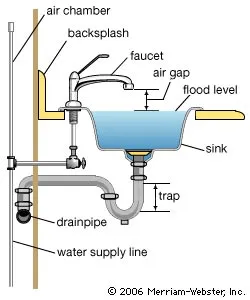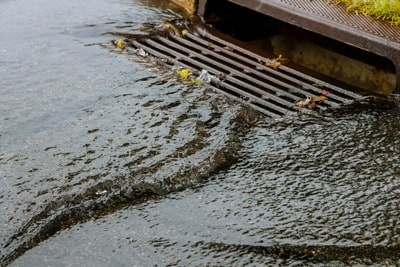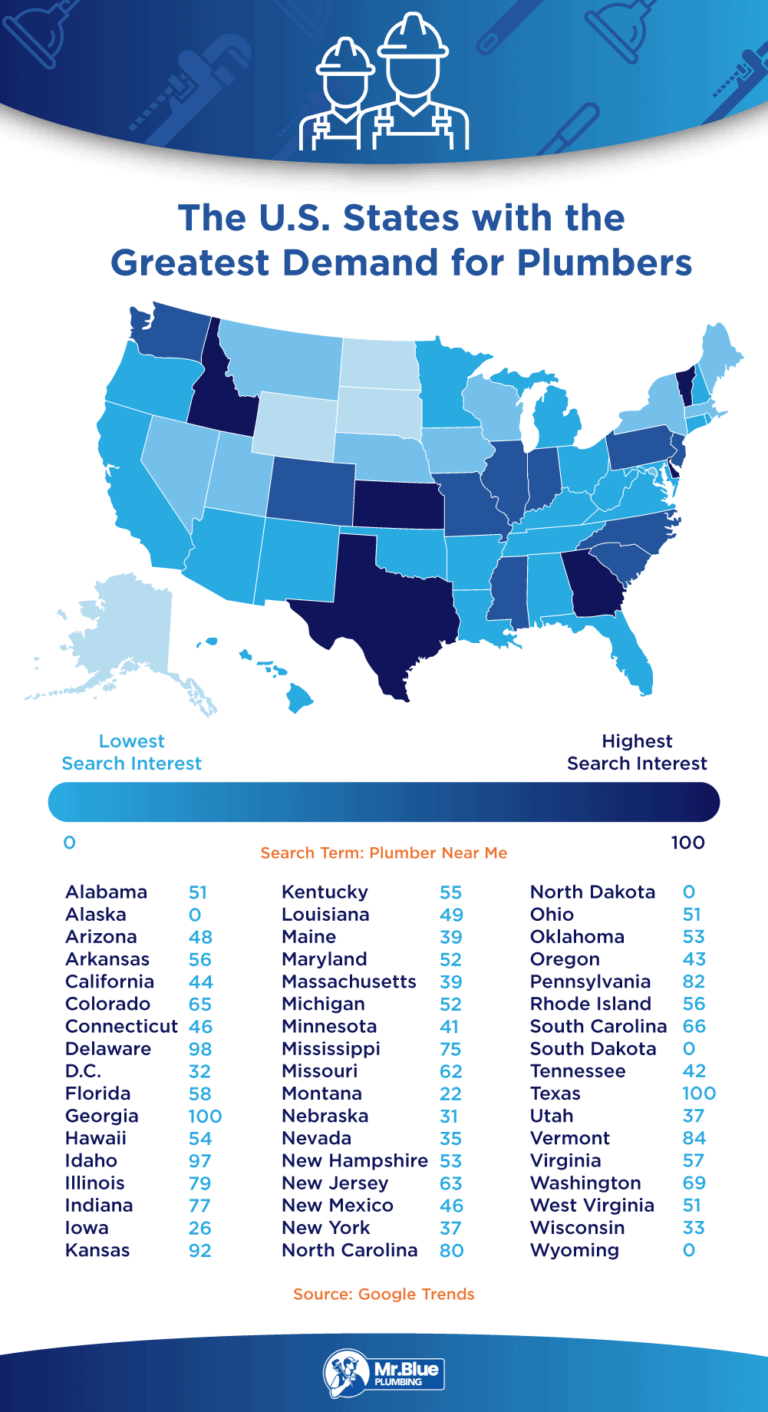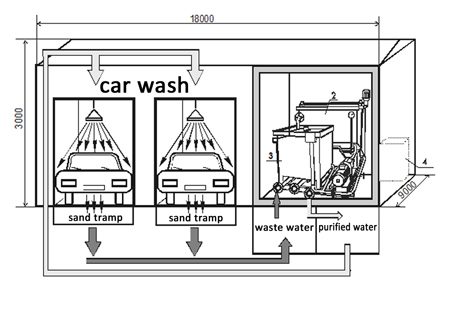What Is A Pump House For A Well?
A pump house for a well is a structure that houses a well pump and other well components, such as the pressure tank and check valve. It is designed to protect the pump and its components from the elements while providing easy access for maintenance and repairs. The pump house also helps to reduce noise from the well pump and can help to regulate the temperature of the pump and its components. Pump houses come in various sizes and styles to fit the needs of the well system.
Definition of a Pump House
A pump house is an essential part of a well’s water system. It is a small structure built around the well pump and protects it from the elements while allowing easy access to the pump. It is also used to house all of the components of the well’s water system, such as the pressure tank, pressure switch, well pump, and other elements. The purpose of the pump house is to protect the pump from freezing temperatures, debris, and other environmental factors.
The pump house also provides an additional layer of protection from theft and vandalism, as it is a secure and locked area with a roof. Additionally, the pump house can help to reduce noise from the pump and provide a more aesthetically pleasing appearance to the well. With the additional protection, the pump house can extend the life of the pump and its components. This is important as the pump house is an integral part of the overall well system, and any damage to the pump can lead to a decrease in water pressure or even a complete loss of water.
Types of Pump Houses
A pump house for a well is a structure built around the machinery that helps draw water up from the ground. But there is more to it than just a simple pump. The right type of pump house allows for easy access to the pump, protects it from weather and other elements, and can even be used for other purposes in addition to water pumping.
Choosing the right pump house for your well depends on a few factors, such as the size of the pump, the type of pump, and the type of environment it will be in. The most common types of pump houses are pre-fabricated pump houses, wooden pump houses, and concrete pump houses. Pre-fabricated pump houses are typically made out of metal and are easy to install and maintain. Wooden pump houses offer a more natural aesthetic, but require more maintenance and are more susceptible to weather damage. Concrete pump houses are the most durable and long-lasting, but they require more labor and materials to construct.
No matter what type of pump house you choose, it’s important to make sure that it fits your specific needs and is designed to give your pump the protection it needs from the elements. With the right pump house, your well can provide reliable and clean water for years to come.
Components of a Pump House
The pump house is an essential part of any well system, and it can be a complicated setup to understand. A pump house houses the components that are necessary for the well system to work. These components can include the pump, pressure tank, check valve, and other parts. Whether you are installing a new well system or replacing an existing one, understanding the components of a pump house is key to making sure the system works properly.
The pump is the heart of the system and is responsible for bringing the water to the surface. The pump is usually housed in the pump house and is attached to a pressure tank that stores the water until it is needed. The pressure tank helps regulate the water pressure and keeps it consistent. The check valve is also housed in the pump house and prevents water from flowing backward once it reaches the surface. Other parts, such as the pressure switch, may also be installed in the pump house.
The pump house is an important part of any well system, and understanding how it works can help ensure the system runs smoothly. The components of the pump house, such as the pump, pressure tank, and check valve, are essential to the functioning of the system. Knowing what each component does and how it works can help you make the most of your well system.
Benefits of a Pump House for A Well
A pump house for a well offers several important benefits for homeowners. Providing an enclosed, secure space for the pump and other water system components helps to protect them from the elements, reducing the risk of damage or malfunction due to weather-related factors. Additionally, a pump house can help to reduce noise pollution from the pump’s motor, making it more pleasant to be near the well. It also helps to prevent unauthorized access to the pump and associated components.
Furthermore, a pump house can also provide more efficient operation of the good system, as the enclosure helps to keep the temperature stable, which can reduce the amount of energy required to heat or cool the water. Additionally, a pump house can be insulated, which can further improve efficiency by reducing the amount of energy required to keep the water at a desired temperature.
Finally, a pump house can also help to improve the overall aesthetics of a property, as it provides an attractive and functional structure to house the pump and other components. By combining function and beauty, a pump house can be a great addition to any well, offering numerous benefits for homeowners.
Location and Placement of a Pump House
A pump house is an essential part of a well as it houses the pump and other related components. Its location and placement are critical to ensuring the proper functioning of the pump and the well. The pump house should be placed close to the well to ensure easy access and adequate protection from the elements. It should also be placed in a location that will allow for easy maintenance and repair of the pump and other components. It is important to consider the terrain, weather conditions, and the type of pump when determining the placement of the pump house.
The pump house should be placed on a level surface to prevent any damage to the components due to vibration or movement. The pump house should also be placed in an area that is protected from the elements, such as wind, rain, and extreme temperatures. If possible, the pump house should be located in a shaded area to reduce heat gain and help keep the components cool.
The placement of the pump house should also be done according to the local building codes and regulations. The pump house must be securely fastened to the structure and should be inspected regularly to ensure it is in proper working condition. It is also important to consider the size of the pump house when selecting a location. The pump house should be large enough to adequately house the pump and other related components.
In summary, the pump house should be placed close to the well, on a level surface, and in a location that is protected from the elements. It should also be placed by the local building codes and regulations and should be large enough to adequately house the pump and other related components. By considering these factors when selecting the location and placement of the pump house, you can ensure the proper functioning of the pump and the well.
Installation of a Pump House for a Well
A pump house is a vital component of any well system, providing protection and easy access to the pump and other components. To ensure the best performance of your well, it is important to install the pump house correctly. There are several steps involved in this process.
The first step is to identify a suitable location for the pump house. This should be close to the well and away from other buildings and structures. It is also important to ensure that the site is level and that the ground is firm and free from debris.
Once the location is determined, the pump house should be installed using the manufacturer’s instructions. This includes anchoring it firmly to a concrete base, making sure all the panels are properly sealed, and ensuring that all the wiring is properly connected. Any additional components, such as vents, should also be installed correctly.
Finally, it is important to test the system once the pump house is installed. This involves running the pump to check for any leaks or blockages, as well as ensuring that the pressure is consistent and that the pump is operating correctly. With a properly installed pump house, you can enjoy the many benefits of a well-maintained system.
Maintenance of a Pump House for a Well
Pump houses are essential components of a well system, as they provide the necessary protection for the pump against the elements while also serving as a convenient access point for conducting maintenance and repairs. While maintaining a pump house for a well may seem daunting, it is quite straightforward. Regular maintenance should include checking the wiring and connections for signs of corrosion, ensuring the pump is properly lubricated, and inspecting the casing for any signs of damage or corrosion. Additionally, it is important to monitor the pressure of the system and the flow rate of the water. Doing so will help to identify any potential issues that may arise. By conducting regular maintenance and repairs, you can ensure that the pump house operates as it should and that your well remains in good working order.
Troubleshooting Common Pump House Issues
When it comes to pumping water from a well, the pump house is an essential component. It houses the pump and other components that keep the well functioning properly. Without the pump house, a well would be unable to operate effectively. However, several issues can arise with pump houses and need to be addressed promptly.
One common issue is the buildup of sediment inside the pump house. This sediment can cause the pump to run inefficiently and can also clog up the pipes, which can lead to water loss. To prevent this issue, it’s important to regularly clean out the pump house and remove any built-up debris.
Another common issue is the malfunctioning of the pump itself. This may be due to a faulty design, inadequate maintenance, or a lack of power. In any case, it’s important to inspect the pump and its components regularly to ensure that it’s functioning properly. If it’s not, it may be necessary to replace the pump or certain components.
Finally, the pump house may also experience corrosion or rust, leading to malfunctions and other issues. To prevent this, it’s important to check for signs of corrosion and rust regularly and to take measures to protect the pump house from further damage.
By knowing what to look out for and taking the necessary steps to address any issues, it’s possible to maintain a well’s pump house and keep it functioning properly.
Conclusion
A pump house for a well is an essential structure for protecting the well pump and other components from the elements, as well as providing easy access for servicing and repairs. The pump house also serves the important purpose of providing a safe, dry, and comfortable environment for people to use the well. With its many advantages, a pump house is essential for any well system.








